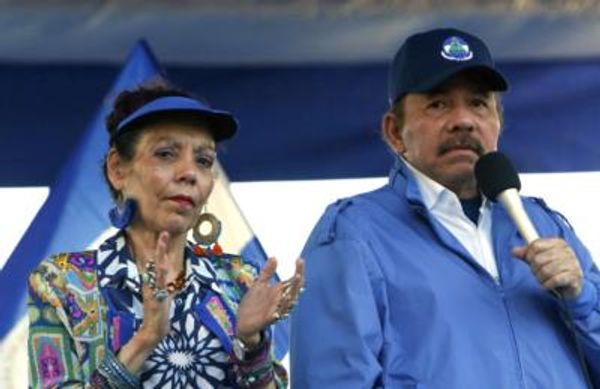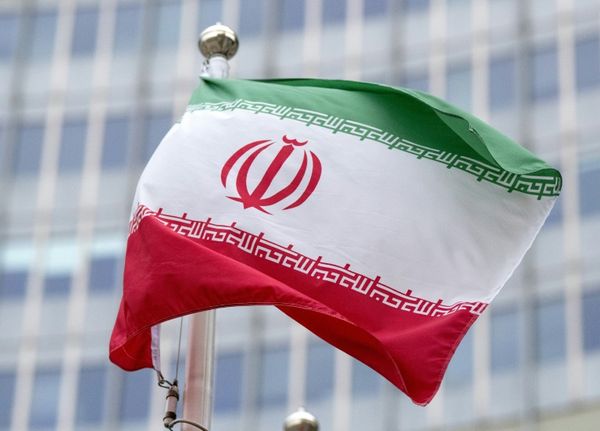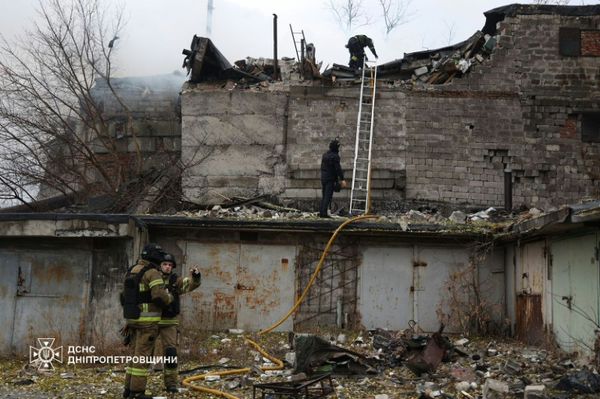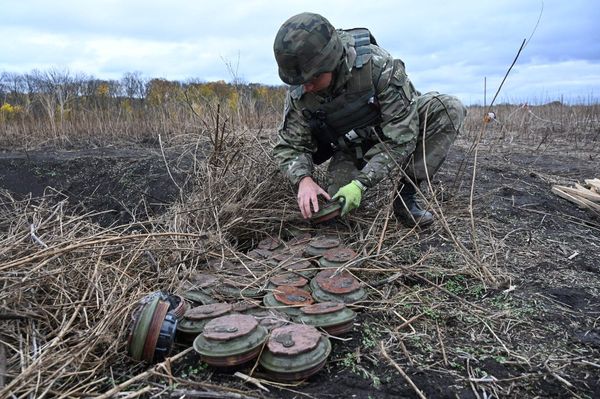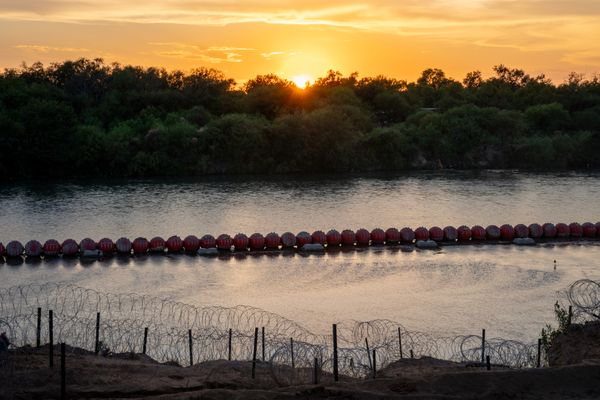
When it comes to the millionaires’ factory at Macquarie Group, the $70 billion global behemoth has a unique way of going about its business.
Whether it’s the long-standing model to base more than 80% of employee pay on the profit-share scheme, the global push to become the world’s biggest manager of infrastructure, or the conduct of its annual general meeting (AGM), things always seem to be different at Macquarie.
No other Australian bank has dared to appoint as chairman of its board a former Reserve Bank governor, but that’s what Macquarie did in May this year. And at last Thursday’s AGM, Glenn Stevens was put to the test for the first time as a big bank chairman.
How did he go? About six out of 10, the biggest problem being a failure to directly answer questions or deal with skeletons in the closet.
That is also often the Macquarie way.
Stevens admitted that he hadn’t changed much in his first seven weeks as chair, and he certainly didn’t address any of the unique features of the Macquarie AGM, which is seemingly designed to reduce public attention on the actual AGM floor debate.
Retail shareholders often attend AGMs for the free feed at the end, but no other major ASX-listed company adopts the Macquarie model of delivering an hour of corporate videos and formal presentation before inserting a half-hour food and beverage break into proceedings before the formal business is attended to. A number of shareholders departed Melbourne’s Grand Hyatt with a full belly before the AGM debate proper began.
And when it comes to the treatment of that formal business, Macquarie is Murdoch-esque, because the agenda is ignored and shareholders are given one all-in opportunity to ask questions on the six agenda items.
The directors would never throw out the agenda at a regular board meeting, but that is the unique Macquarie way when it comes to debate at the AGM — although at least they don’t impose a two-question limit like Rupert.
The marketing-savvy bankers also have a sneaky angle to draw media attention away from that strangely structured AGM debate. They put out a “words but no specific net profit numbers” earnings update to the ASX, along with the formal addresses two hours before the 10.30am opening, and then invite select journalists to attend a media call with the CEO, CFO and chairman an hour before the actual AGM starts.
What is said at that briefing is never released to the public or shareholders. No one else does this, but the PR tactic worked effectively again this year because the deadline-conscious media chooks were well fed by 10am and none chose to stick around and cover the debate.
This was disappointing because there were some interesting exchanges when it came to the Q&A, and Stevens came up short on a couple of key issues — all of which remains unreported by the mainstream media.
Remember the notorious bribery scandal at the RBA surrounding its 50%-owned note printing subsidiary Securency, which spent years paying millions in facilitation payments to dubious operators all over the world?
Stevens joined the RBA straight out of university in 1980 and was governor for 10 years from 2006 until his retirement in 2016. As this summary of the Securency scandal on the Commonwealth Director of Public Prosecutions (DPP) website explains, the Australian Federal Police only began its investigation in 2009 and the first guilty pleas occurred in 2011. It wasn’t until late 2018 that the Victorian Supreme Court lifted an array of suppression orders after five blokes were sentenced to prison and the two joint venturers had shelled out a record $21.6 million in pecuniary penalties.
Asked about this in the final question of the day at last week’s AGM, the once all-powerful executive chairman of the RBA offered a terse and thoroughly inadequate response:
On the NPA/Securency things, these are events alleged to have taken place as far back as 2004. The legal process has exhaustively run its full course there and the outcomes are what they are as a matter of public record, and I don’t have anything further to say about those things beyond what I said about them in 2009 and 2010 and 2012, as I recall.
Alleged? Five blokes pleaded guilty including the former CEO and CFO of Securency. And what precisely did you say at the time, Mr Stevens? Was it the Sergeant Schultz excuse: I know nothing?
The Securency question was without notice, so Stevens answered it on the fly, but on the question of auditor tendering and rotation the board was given the question three days in advance and Stevens chose to obfuscate.
PwC has pocketed more than $1 billion from the Macquarie empire over the past 25 years and $72.7 million last year alone, so the board was asked a very specific question on notice: “How many times has the audit work been tendered and when is it next going to be tendered?”
This transcript of responses to all 14 questions put by Mayne family members at the AGM shows that Stevens failed to admit the job has never been tendered, something the PwC auditor, Kristin Stubbins, admitted after the meeting. Instead he merely promised a more detailed than usual performance review in 2024.
Stevens was also a bit defensive on the topic of Macquarie benefiting from unprecedented RBA money printing after accessing $11.3 billion from the Term Finance Facility for three years through until July 2024 at the ridiculously cheap fixed rate of just 0.1% — even when official rates rose for everybody else. This is what he said:
It’s nearly six years now since I left the Reserve Bank. The TFF was put in place by the governor and the board at the appropriate time, in their judgment, to provide low-cost funding for banks in order to support the economy through the pandemic. It’s true that Macquarie accessed that funding, but it did so on the same terms as every other bank, and if there is any suggestion that somehow I had some untoward influence over the creation of that facility, well, that’s not true. I learnt about it by reading about it in the paper like everybody else.
The optics are not good here. Macquarie gloats that it has more than $50 billion of available liquidity and almost $10 billion of surplus capital. It should repay that full $11.3 billion RBA loan immediately and probably also get on with the business of finally tendering its audit contract.
As for the AGM, it would be nice if it could structure it in a shareholder-friendly way like most other big companies — plus perhaps encourage chairman Stevens to give more comprehensive answers next year.
Is Macquarie too big for its boots? Let us know your thoughts by writing to letters@crikey.com.au. Please include your full name to be considered for publication. We reserve the right to edit for length and clarity.
